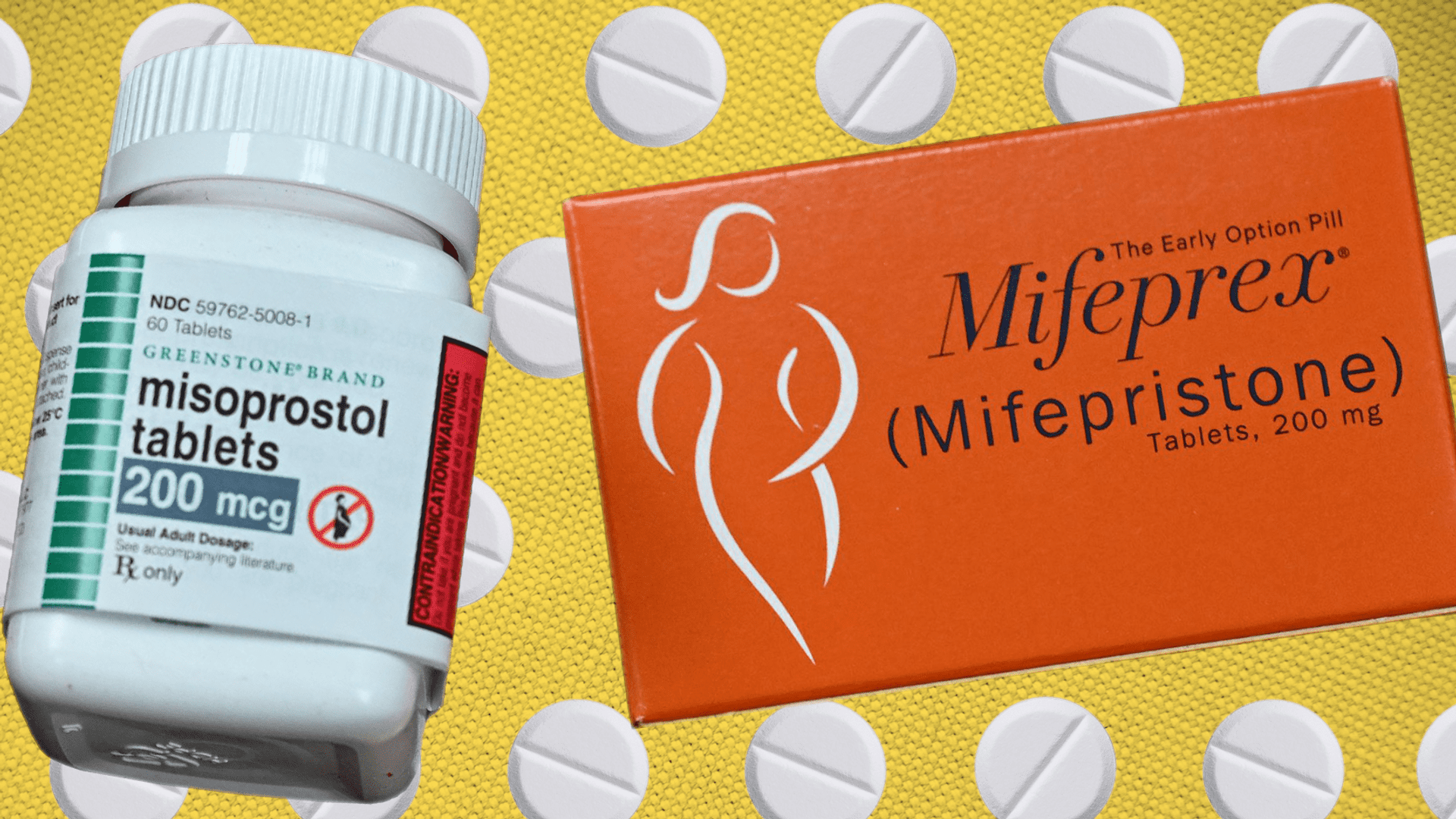
The Future of Mifepristone: Impending Legislation and its Ramifications
Mifepristone, famously known as the “abortion pill,” persists as a contentious and polarizing subject in the United States. Recent debates revolving around novel legislation have reignited fervent discussions regarding the accessibility of this medication. In this article, we will delve into the current dilemmas encircling Mifepristone and evaluate the potential reverberations of the impending bill that could profoundly impact its availability.
Unraveling The Latest
Mifepristone, or RU-486, is a potent pharmaceutical to terminate early pregnancies. Its mechanism entails the obstruction of the progesterone hormone, an imperative element for sustaining a pregnancy. When combined with Misoprostol, Mifepristone facilitates a non-surgical (medical) abortion. Introduced in 2000, this non-invasive alternative has given women an alternative to surgical procedures.
FDA Regulations
The utilization of Mifepristone in the United States falls under the rigorous regulation of the Food and Drug Administration (FDA). The FDA has imposed various restrictions throughout the years, including the Risk Evaluation and Mitigation Strategy (REMS) program. This program obliges healthcare providers to exclusively dispense Mifepristone in specified medical settings, limiting access to rural and underserved areas.
The Contentious Bill
The impending bill, which has ignited substantial controversy, endeavors to constrict the accessibility of Mifepristone further. Advocates posit that the bill safeguards women’s health by ensuring meticulous medical supervision. However, critics assert that it constitutes a disguised attempt to curtail abortion access under the guise of a safety measure.
Key Provisions of the Bill
- In-Person Dispensing Mandate: The bill proposes that a healthcare provider at a medical facility must dispense Mifepristone in person. This provision eradicates telemedicine consultations and mail-order distribution.
- Heightened Regulation: Healthcare providers prescribing Mifepristone would encounter intensified oversight and potential penalties for transgressions.
- Elimination of REMS: The bill advocates for completely eradicating the REMS program, a proposition that critics argue could further impede access to Mifepristone.
Implications of the Bill
- Restricted Accessibility: Should the bill be enacted, the acquisition of Mifepristone would burgeon into a significantly more arduous task for women, particularly those residing in rural regions with scarce healthcare resources. The elimination of telemedicine consultations and mail-order distribution would present formidable challenges.
- Legal Battles: Supporters and adversaries of the bill are destined to engage in protracted legal battles, further stalling or complicating access to Mifepristone.
- Safety Concerns: While purportedly presented as a safety measure, critics argue that the bill may coerce certain women into resorting to riskier methods for terminating pregnancies if they cannot access Mifepristone through legitimate avenues.
- Political and Ideological Chasm: The controversy encircling Mifepristone mirrors the broader ideological and political chasm in the United States regarding reproductive rights and abortion accessibility.
Concluding Thoughts
The pending bill concerning Mifepristone underscores the perpetual debate surrounding reproductive rights and healthcare accessibility in the United States. As legislators navigate the precarious tightrope between safety regulations and accessibility, the repercussions on women’s autonomy remain uncertain. Regardless of the outcome, the discussions around Mifepristone will persist at the vanguard of the struggle for reproductive rights.
